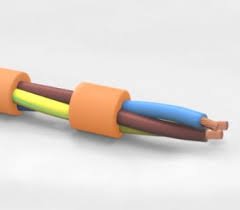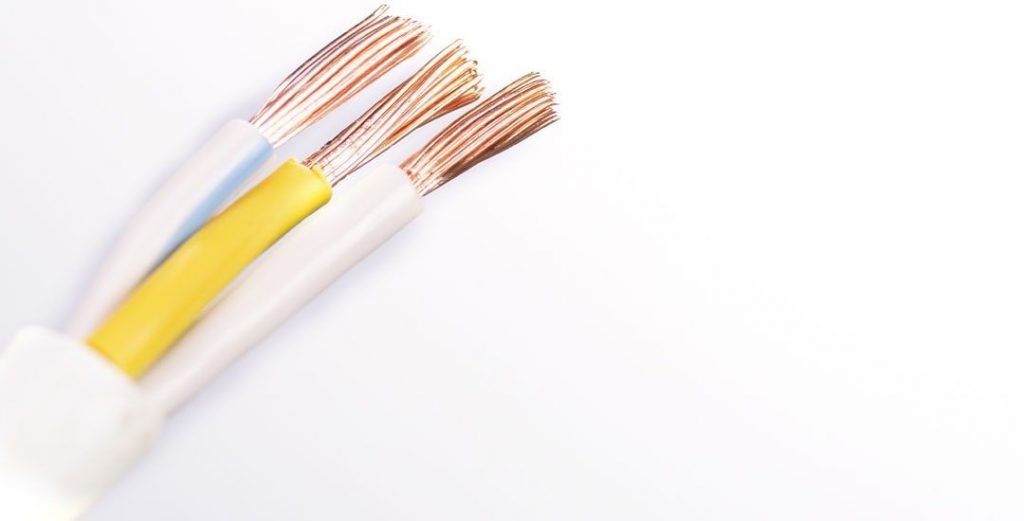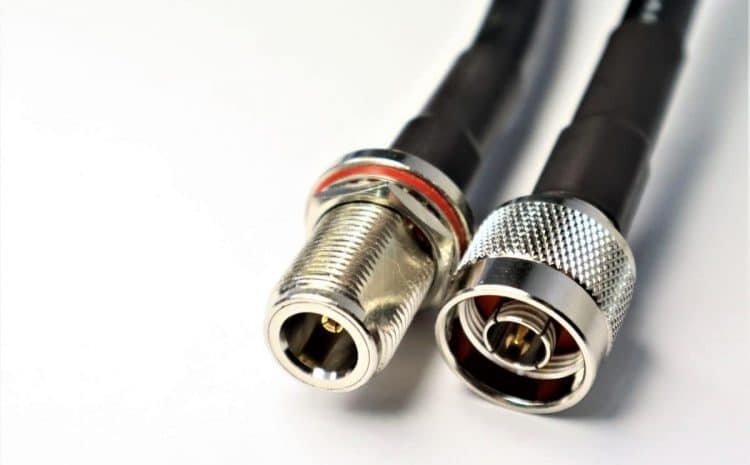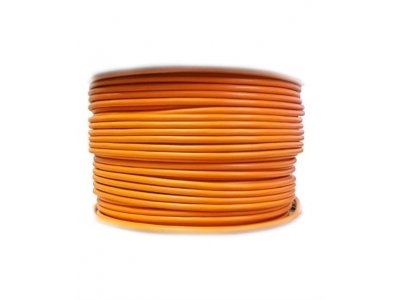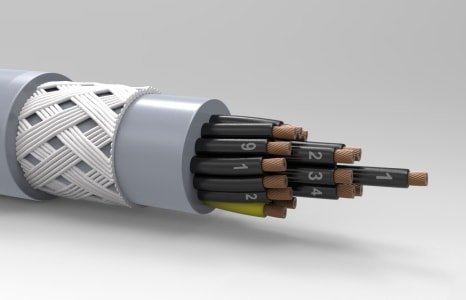
Contents
General Information About Cables
Devices that transmit electricity are called cables. Cables consist of two basic elements, conductors and insulators. While the conductive part is the part where the electrons pass and form the electric current, the insulating part is the plastic construction material that surrounds the conductor wire to ensure the safety of the flowing electricity. Thanks to this insulating material, the cables are not affected by atmospheric events, they provide protection against chemical effects, water, humidity and weather conditions in the places where they are laid. Thus, cables provide safe energy transmission for residential areas. There are many different types of cables used in practice.
• Power cables
• DC cables
• Superconductor cables
• Gas insulated cables
• Cables with sodium conductor
• Very high voltage cables
• Marine cables
Cable Types According to Their Features
• Single core cables with copper conductor
• Flexible copper conductor cables
• PVC insulated, flat copper conductor cables
• They are halogen-free, flame-proof multi-core cables with copper conductor.
What are the Cable Types According to Usage Areas?
As it is known, cables are insulated conductors that can connect electrical energy to two electrical devices together with electrical current and can consist of one or more insulated cores. In addition, the cables have a protective sheath against the cores and external negativities. These veins; They consist of parts such as conductor, screen, armor, etc. Cable types may vary depending on where they are used. These;
• Copper conductor cables
• Aluminum conductor cables
• Energy cables
• Signal and control cables
• Paper insulated cables
Types of Cables Classified According to Needs
When we look closely at cable types, it is possible to see many different types of cables classified according to needs. Today, connections are made with cables even under the oceans. In this way, the role of cables to unite continents and people is better understood.
• Standard three-wire cables
• Fiber cables
• High voltage cables
• Telephone cables
• Standard electrical wire cables
With the production of different cables for different needs, which we can classify as, practicality and production services have gained importance.
According to What Classes Are Cables Divided?
Cables that make our lives easier are found in almost all inventions. It would not be wrong to say that we are surrounded by cables on all four sides. There are types such as energy cables, control and signal cables, telephone cables, communication cables according to their intended use. These cables are included in these inventions by using suitable conductors and building materials according to different voltages in various sizes. The electrical energy produced in power plants is transmitted from the first point to the last point with cables with various features. Many analyzes are made when determining cable types. The environment in which the cable will be used, the events and external effects that may occur in the ambient conditions and how the cable will react to these effects are important.
Cables are divided into two classes according to the construction material. Depending on the type of conductor, cables with aluminum or copper conductors can be used. Choosing according to the area you will use will also help you get healthier results. Therefore, you should pay attention to this detail and make quality choices. Making a quality choice also provides convenience in terms of long-term use.
In addition, heavy-duty cables can be grouped as normal and light-duty cables according to operating conditions. Underwater, mines and places where there are a lot of chemical effects are considered as places with heavy operating conditions, and the cables in these areas should be made of thicker insulating and conductive materials with a larger transition diameter than the cables used in light enterprises, so that they can be used without being damaged under difficult conditions.
Considerations and Important Criteria in Cable Selection
Cable: It is a type of energy that transmits electrical power, two devices are connected with each other or consist of extra cores. Recently, with the development of technology, everywhere has become a central location, and as a result of this, the use of underground cables has become almost a necessity as a result of the increasing need for energy. These cables can be used underground, under water and outdoors. We believe that the underground cable power line will be more beneficial for residential areas. These cables are absolutely unaffected by atmospheric events. Cables have a significant share in facility expenses. If a purchased cable is not suitable for the cross-sections or if the cable is damaged as a result of heating, it causes the entire facility to remain electricity. Therefore, we must choose cables that are robust, resistant to heat and suitable for all cross-sections. It also causes an increase in the total cost of a large facility. Choosing the optimal cross-section is critically important.
Cross section selection is important in cables. It is necessary to pay attention to the use of the most suitable cable diameter for the environment and system to be used. Otherwise, the risk of encountering very big problems increases and may cause undesirable results. If the diameter of the cable is smaller than the appropriate one, the cable will be damaged as a result of over-biting and heating. This causes a short circuit to the fire or the system to be de-energized because there is no required amount of electricity transmission. The use of small diameter cables also causes high voltage drops and causes damage to electronic materials. The cables used by choosing a larger diameter than necessary increase the cost. When determining the cable cross-section, the current carrying capacity, voltage drop and short-circuit current of the cable are taken into consideration.
What are the Cable Types?
Cables are tools that can carry power and signals electrically. The location is chosen according to the areas they are made and used, and hundreds of cable types can be found. You can reach the cable types showcased on the Moon Elektronik website with all their features, usage areas and prices by clicking on the titles below.
• Signal Control Cables
• Energy Cables
• Data Communication Cables
• Communication Cables
• Halogen Free Cables
• Fire Resistant Cables
• Spiral Cable
• Textile Braided Cables
• Fire Alarm Cables
• Interconnecting Cables
• Control Cables
• Nyaf Cables
Signal cables carry an electrical signal. They also do not carry energy. These signals can vary between 220-0.001 Vdc or Vac. It is never a big mistake to lay these signal cables in the same pan or duct with the ones that make the energy conductors. As a result of an object carrying the signal cables of the current that can pass in the energy cables, very serious disturbances, wears or impossible malfunctions occur in the signal. As soon as the flexibility of the signal starts to decrease, it is necessary to use an outer sheath with high conductivity values, which we call screen and which will protect the cable from external electrical objects. Especially if it can carry a signal in millivolts, it will definitely be beneficial to keep this knitting ratio at 86%. It should also guide the ones to be used, where there is a very high frequency data transmission. The guide diameter will normally increase as the frequency rises. The definition of guide will probably sound foreign, but what we can call coaxial cables are actually the cables that lead the signal. After a certain interval, a guide is required for the sound transmission of the signal that travels very far.
In electrical cables, there are issues that need to be considered in the cables to be used in electrical transmission; how much energy it will store, mechanical compressions, cable to be used in the air or underground are taken into consideration. When engineering is involved in electricity; current capacity, voltage drop, resistance calculation, etc. will be entered.

